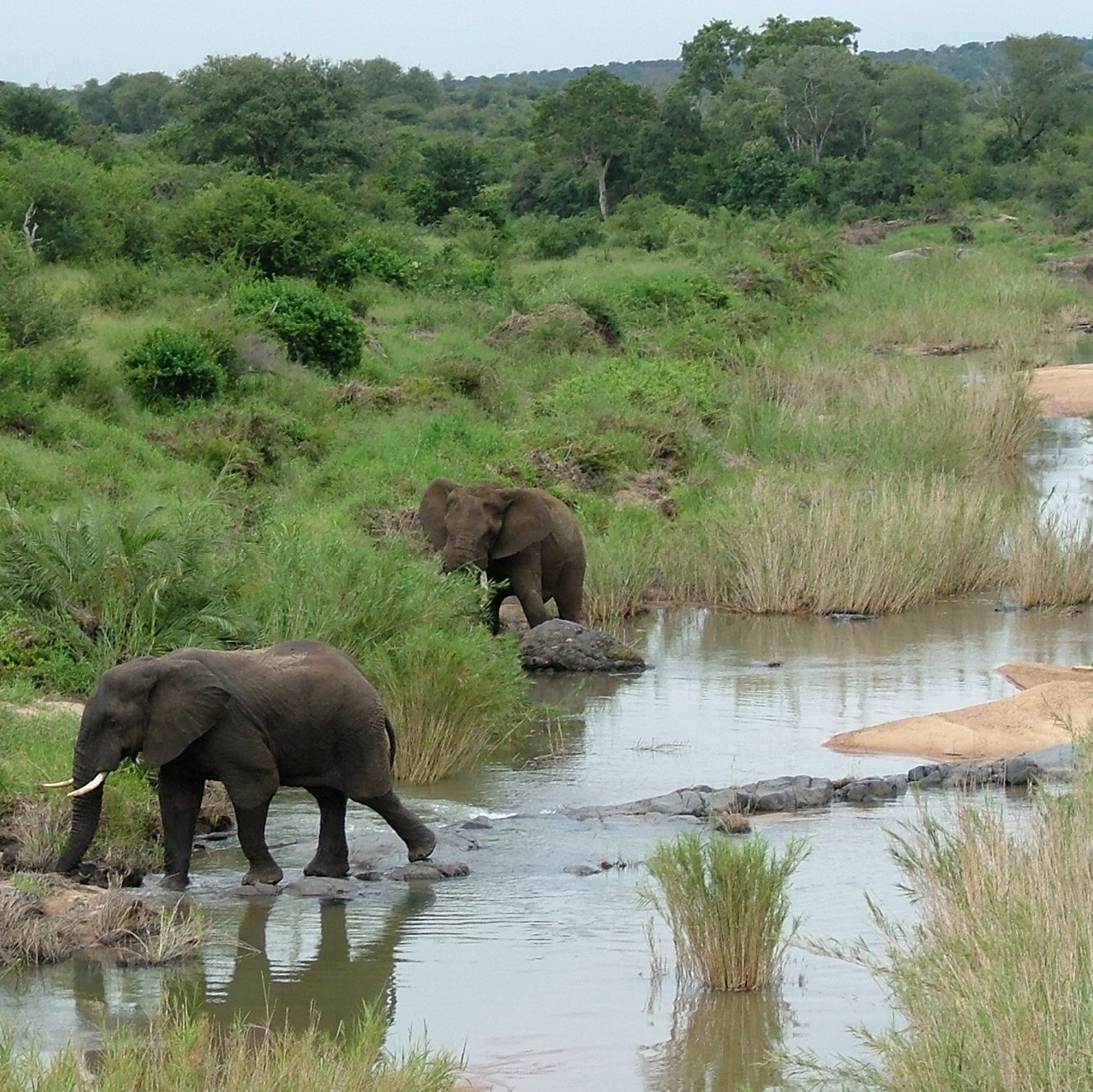Protecting watersheds saves billions
Protecting watersheds provides many of the world’s megacities with freshwater – and saves billions of dollars. This is the result of new compilation of case studies by IUCN, published today ahead of the World Water Forum, held from 16-22 March in Istanbul, Turkey.

Photo: IUCN
“Many of the world’s big cities have understood that protecting their catchment areas makes economic sense. Rather than chopping down the forests or draining their marshlands, they are keeping them healthy and saving billions of dollars by not having to pay for costly infrastructure to store water, clean it or bring it from elsewhere,” says Mark Smith, Head of IUCN’s Water Programme.
The Indonesian capital Jakarta gets its freshwater for free from some 60 rivers originating in the nearby Gunung Gede Pangrango National Park. The water is worth an estimated US$1.5 billion.
The Venezuelan capital Caracas relies on the rivers from Guatopo and Macarao National Parks for its freshwater provision. Today, those rivers continue to supply a constant flow of freshwater to the city’s 5 million inhabitants, consuming some 17 thousand litres of water per second.
Protecting freshwater sources also benefits nature. In South Africa’s Kruger National Park, better river management has ensured previously interrupted water provision for local communities – and brought back aquatic life in the park.
“Kruger’s main five rivers used to suffer from heavy pollution and unsustainable water use upstream which led to some of them drying up completely. After implementing a large river-related programme with the agriculture and forestry industry, no more major unnatural fish kills have occurred and previously disappeared species have re-colonised,” says Harry Biggs, at South African National Parks and leader of IUCN’s World Commission on Protected Areas Freshwater Task Force.
Kruger’s healthy rivers also help poor local communities relying on them for their freshwater supply. During drier times, expensive arrangements like water transfers and trucking of water had to be made to meet basic needs of some rural communities living along rivers near the park, when they could no longer, as in the past, access water directly from rivers. Now more and cleaner water is available for rural communities.
“Healthy river systems are essential to maintain the livelihoods of local communities. The objectives of sustainable development can only be achieved if nature continues to provide freshwater that everyone needs,” says David Sheppard, Head of IUCN’s Programme on Protected Areas.
For more information or to set up interviews, please contact:
- Sarah Horsley, IUCN Media Relations, m +41 79 528 3486, e sarah.horsley@iucn.org
- Brian Thomson, IUCN Media Relations, m +41 79 721 8326, e brian.thomson@iucn.org
- Claire Warmenbol, IUCN Water Programme, m + 41 79 404 1973, e claire.warmenbol@iucn.org
Photos/Audio/Video material are available at/from: https://www.iucn.org/waterforum/multimedia/



